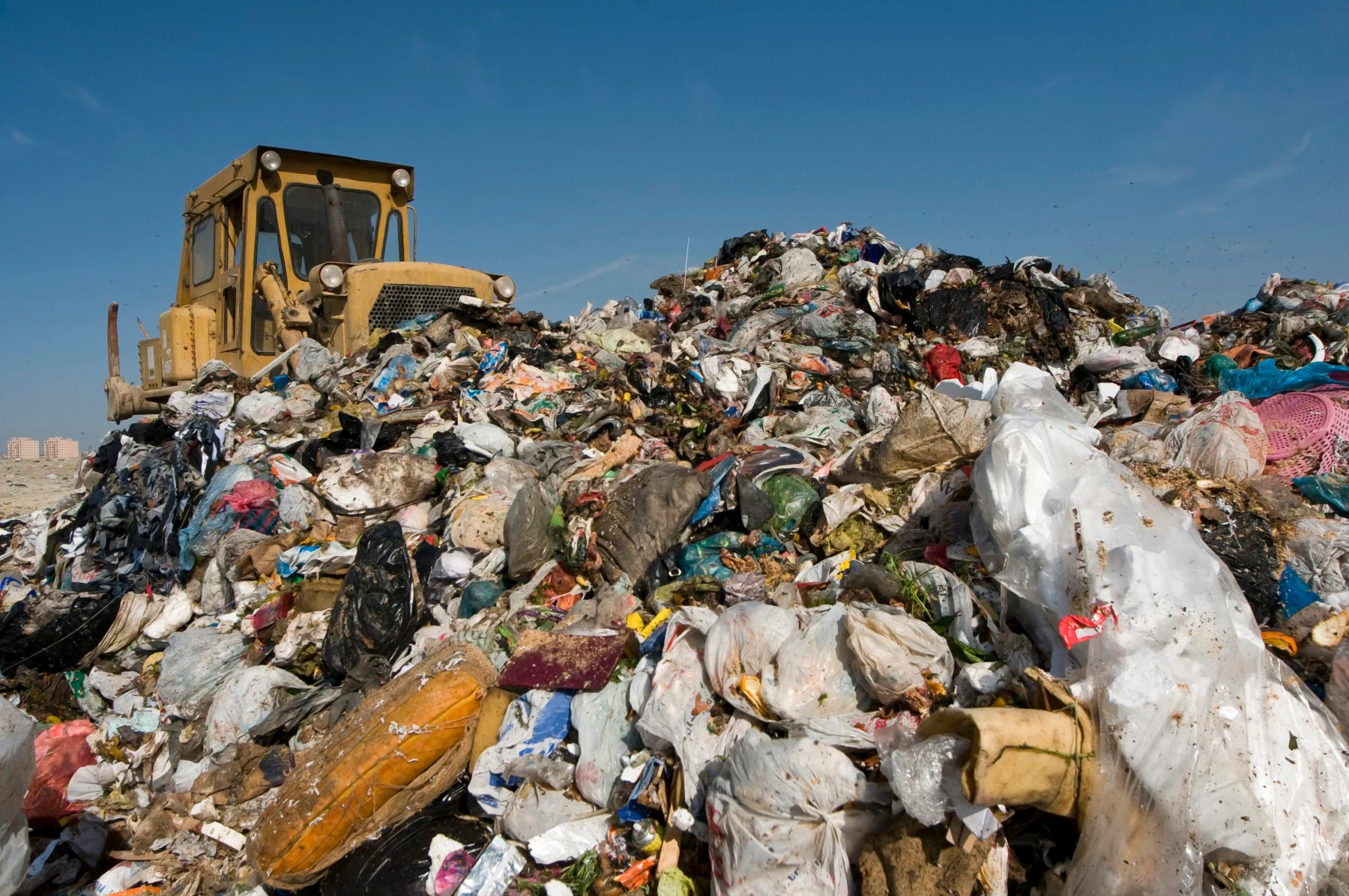
We don’t know what happens to the waste we recycle, and that’s a problem
Economies also suffer from the lack of tracking
Written by Faisal Shennib, Concordia University
There is a glaring lack of tracking for global recycling. Poor waste management is deeply connected to climate change, plastic pollution and global nutrient imbalances globally.
Economies also suffer from the lack of tracking. We extract, process and then landfill and incinerate trillions of dollars of materials per year. Instead, these could be recirculating, creating new jobs and reducing reliance on global trade.
To shift to alternative, circular models, we need better data on local and global waste management.
My research demonstrates that more local waste tracking through digitalization could yield multiple benefits. It could help track hyper-local recycling and reuse, initiatives that are usually considered too small and burdensome to include in national waste tracking efforts.
And compared to national waste tracking, localized waste tracking could also provide more timely and relevant insights on the effectiveness of policies, infrastructure investments and education.
Measuring waste
The units for measuring waste are fairly standard across the world. Quantity of waste is measured by weight (tonnes) and waste performance is the per cent of total waste not sent for landfill and incineration.
However, waste terminology varies across both academia and industry. In some settings, “recycling” may mean that the material was collected for recycling, but not necessarily recycled. A term like “municipal waste” can include waste from offices and businesses — or not. This confusion makes global waste tracking challenging.
Regular global reporting on waste is sorely lacking. The United Nations’ Sustainable Development Goals (SDGs) call for global action on waste management, but there have been no figures for global recycling in recent UN SDG reports. This is likely due to the lack of available, reliable data.
Reports on global waste are compiled from sources using a wide variety of formats; a source may represent annual or daily waste, and total waste or waste per capita. Data is often from different years, making it useful for trend analysis but not strict comparisons.
Estimations and incomplete data are common; only 39 per cent of populations in developing countries are served by waste collection services. Double-counting is another risk when data comes from varied sources like waste collectors, processors and local governments.
With all these challenges, global waste reports require years to compile, leading to multiyear gaps in published reports.
WATCH BELOW: Can paper drink cups be recycled? They can now in Toronto pilot
Insufficient data
Even nations with consistent reporting are not immune to methodological gaps. The European Union and Canada both require annual reporting on waste, but allow for a wide variety of methods in data sourcing, including estimation.
In the United States, annual waste data is reported by states to the Environmental Protection Agency (EPA) on a voluntary basis. No new nationwide reports have been published since 2018.
Another challenge is that reporting focuses on the weight of waste, but there is a lack of data on its composition. Much of what is collected is not recycled due to contamination, the nature of the material or the lack of a local market.
Waste characterization is the process of determining waste composition, and when reporting waste, this information is often optional. In the U.S., few states provide updated characterization studies to the EPA. The EU and Canada require reporting on composition but don’t specify requirements for how to determine the composition.
Reliable waste characterization requires the waste to be audited: sampled, weighed, separated into categories, and then weighed again. It’s a labour-intensive and cost-prohibitive process, which might explain why American states haven’t provided updated waste characterizations to the EPA since 2018.
WATCH BELOW: Is there a better alternative to waste incineration?
Estimating recycling stats
The oft-cited fact that nine per cent of global plastics are recycled comes from a 2022 report. It was calculated in several steps, each with significant uncertainties, including how much plastic was produced globally, how long it was used for, and how much was collected and likely to have been recycled.
The nine per cent figure is very much an estimate, representing global plastic waste in 2019. And now, it is an outdated figure.
Global plastic trade is likely 40 per cent higher than previously estimated. And 40 per cent of textiles exported for reuse and recycling are dumped or incinerated.
In South Korea, for example, a country renowned for its waste policies and programs, reports a 73 per cent recycling rate for plastics, while Greenpeace estimates that the rate is 26 per cent because much of what is collected is not recycled.
In Canada, plastic recycling tracking suffers from the same lack of standardization and transparency as recycling in general.
A much-needed global consensus
Material consumption and management is a global problem requiring international collaboration, commitments and adequate tracking.
Consensus on how to define and measure waste data are important, as well as commitments from nations to regularize reporting. The upcoming United Nations Environment Programme session to develop a global plastics treaty might catalyze these steps, at least for plastics.
To track the quality of waste handled, governments should adopt guidelines for waste characterization, like the UN-Habitat’s Waste Wise Cities Tool. Traceability needs to be integrated into waste management methods. Digital solutions like blockchain and artificial intelligence could improve transparency, automate waste tracking and reduce associated costs.

WATCH BELOW: Black plastic is a recycling nightmare. Here's why
Written by Faisal Shennib, Environmental Specialist, 24-25 Concordia Public Scholar, PhD Candidate in Individualized Program, Concordia University
This article is republished from The Conversation under a Creative Commons license. Read the original article.
(Header image courtesy of ugurhan/ E+/ Getty Images)
